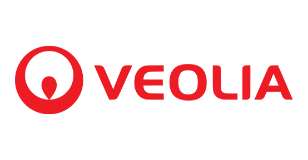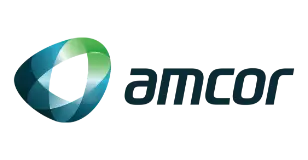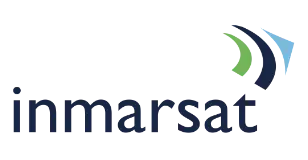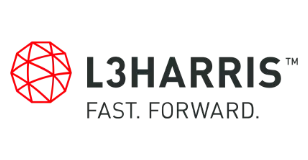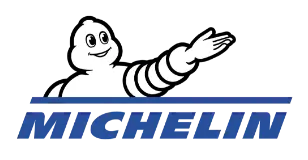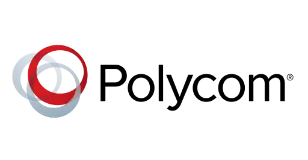
India Textile Chemicals Market Research Report: Forecast (2025-2030)
By Type (Colorants & Auxiliaries, Coating & Sizing Agents, Finishing Agents, Surfactants, Desizing Agents, Others), By Application (Apparels, Home Textile, Technical Textile), By F...iber (Natural Fiber, Synthetic Fiber), By Region (North, South, West, East, Central) By Company (Archroma India Pvt. Ltd., Croda, Huntsman International, Rossari Biotech Ltd., CHT India Pvt. Ltd., Kiri Industries, Bodal Chemicals, Indofil Industries, Fibro Organic, Jaysynth Dyestuff, Others) Read more
- Chemicals
- May 2025
- Pages 120
- Report Format: PDF, Excel, PPT
Market Definition
At various stages of the manufacturing process, from fiber pre-treatment to textile finishing, textile chemicals are utilized to treat textile material. There are several steps in producing textile chemicals, such as washing, scouring, mercerizing, dyeing, printing, and finishing.
Market Insights & Analysis: India Textile Chemicals Market (2025-30):
The India Textile Chemicals Market size was valued at around USD 1,449.19 million in 2024 and is projected to reach USD 2,232.12 million by 2030. Along with this, the market is estimated to grow at a CAGR of around 7.16% during the forecast period, i.e., 2025-30.
A robust domestic consumption and export growth coupled with an increase in import substitution drive the market across various end-user industries. Additionally, with the advent and expansion of industries in India, the demand for Technical Textiles has been on the rise. Technical textiles generally require high-performance chemicals such as auxiliaries to function efficiently, and the automotive industry being the major end-user, further facilitates the industry ascension. As such, the increasing production of vehicles in the automotive sector is anticipated to boost the demand for textile auxiliaries in the coming years.
| Report Coverage | Details |
|---|---|
| Historical Years | 2020–23 |
| Forecast Years | 2025–30 |
| Market Value in 2024 | USD 1,449.19 Million |
| Market Value by 2030 | USD 2,232.12 Million |
| CAGR (2025–30) | 7.16% |
| Top Key Players | Archroma India Pvt. Ltd., Croda, Huntsman International, Rossari Biotech Ltd., CHT India Pvt. Ltd., Kiri Industries, Bodal Chemicals, Indofil Industries, Fibro Organic, Jaysynth Dyestuff, Others |
| Segmentation | By Type (Colorants & Auxiliaries, Coating & Sizing Agents, Finishing Agents, Surfactants, Desizing Agents, Others), By Application (Apparels, Home Textile, Technical Textile), By Fiber (Natural Fiber, Synthetic Fiber), By Region (North, South, West, East, Central) By Company (Archroma India Pvt. Ltd., Croda, Huntsman International, Rossari Biotech Ltd., CHT India Pvt. Ltd., Kiri Industries, Bodal Chemicals, Indofil Industries, Fibro Organic, Jaysynth Dyestuff, Others) |
| Key Report Highlights |
|
*Boost strategic growth with in-depth market analysis - Get a free sample preview today!
On the other hand, due to the fragmented nature of the industry, The Apparel Industry in India needs more significant fabric makers compared with major fabric producers like China and USA. Besides, inadequate weaving units in the country emerge as lucrative prospects for the market players willing to set up such units. In fact, introducing innovative chemicals suiting various fabrics' needs seems opportunistic.
However, the ongoing fluctuations in crude oil prices and changing economic cycles remained challenging for cotton yarn and synthetic fiber manufacturers in maximizing their profit margins. It is primarily because synthetic textiles' raw materials are mainly derived from crude oil. These aspects pose risks to market growth in the coming years.
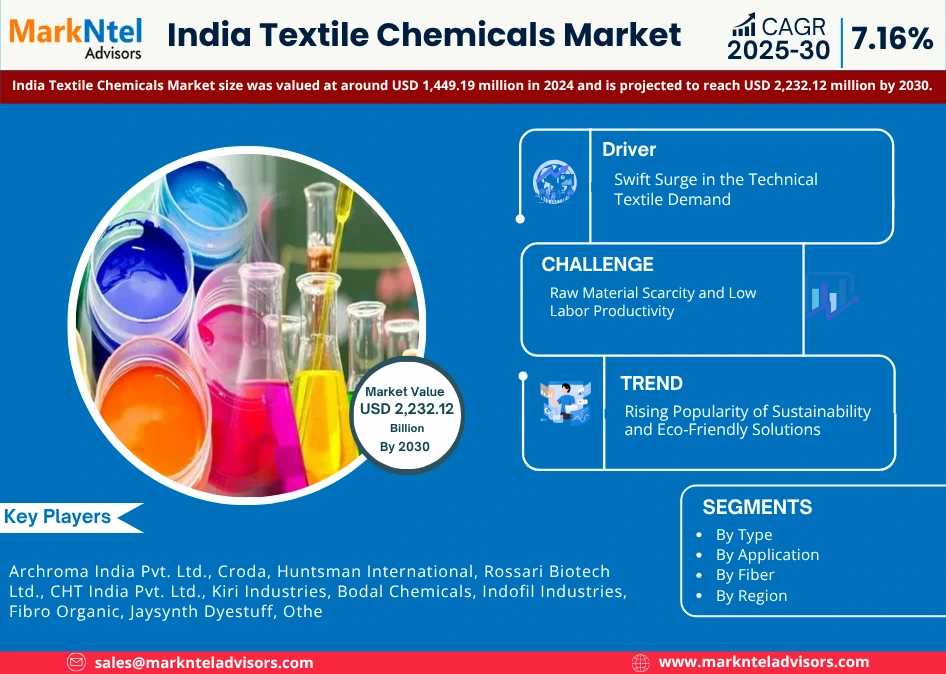
India Textile Chemicals Market Driver:
Swift Surge in the Technical Textile Demand – With the comprehensive utility in automotive applications and healthcare setups, technical textiles in India have witnessed a sudden demand explosion. Other than these, their role as geotextiles, agro textiles, and protective clothing has also intensified the competition among Indian manufacturers. The surge in demand is primarily due to their superior physical and functional properties. Textile chemicals, especially auxiliaries, are crucial for technical textiles as they provide the required specific properties to the fabric, such as enhanced desired color during manufacturing. Further, the ever-increasing demand for supreme quality textile products presented by Western markets like North America and Europe enables India to fold its export in the coming years.
India Textile Chemicals Market Opportunity:
Growing Affinity of Innovative and Environmentally Sustainable Dyes or Chemicals – The stringent laws enforced by the government and rigorous efforts of the NGOs have compelled the industry players to turn to sustainably produced and hazardous chemical-free textiles. It is for this purpose that restricted substance lists (RSLs) are created indicating prohibited chemicals and their limit values. Another factor emphasizing the adoption of low VOC and biodegradable materials for textile manufacturing is the shift in consumers’ buying behavior towards eco-friendly clothing and garments. Thus, low-VOC products are emerging as an opportunistic area for several clothing manufacturers in the coming years.
India Textile Chemicals Market Challenge:
Raw Material Scarcity and Low Labor Productivity – Raw materials are responsible for 35% of the total cost of production. However, there is a need for more cotton in the country, particularly long-staple cotton imported from Pakistan, Kenya, Uganda, Sudan, Egypt, Tanzania, the United States of America, and Peru. The fact that the country only contributes 9% to world cotton production could be better, given that it has the most cotton cultivated. However, fluctuating prices and the unpredictable supply of raw materials are the leading causes of low productivity and illnesses in the mills. Additionally, the frequent strikes, layoffs, and retrenchments in cotton mills in the country also impede industry development.
India Textile Chemicals Market Trend:
Rising Popularity of Sustainability and Eco-Friendly Solutions – The most prominent trend reshaping the India Textile Chemicals Market is the growing emphasis on sustainability and eco-friendly solutions. Driven by rising consumer awareness, stringent environmental regulations, and global sustainability initiatives, manufacturers are increasingly investing in biodegradable, bio-based, and environmentally friendly chemicals. This shift is reflected in the widespread adoption of organic fibers, water-saving technologies, and greener chemical formulations, aligning with domestic and international standards like BIS and EU REACH. This trend is influencing product development, regulatory strategies, and investments in R&D, as companies strive to meet the rising demand for sustainable textile products.
India Textile Chemicals Market (2025-30): Segmentation Analysis
The India Textile Chemicals Market study of MarkNtel Advisors evaluates & highlights the major trends & influencing factors in each segment & includes predictions for the period 2025–2030 at the national level. Based on the analysis, the market has been further classified as:
Based on Application:
- Apparel
- Home Textile
- Technical Textile
In the historical period, the Home Textile segment captured a significant share of the textile chemicals market in India. The increased construction activities in the residential and commercial sectors can further escalate the requirement for home textiles, such as home and floor furnishing products, thereby boosting the demand for textile chemicals in the years to come.
On the other hand, the technical textile sector is anticipated to proliferate in the coming years. It owes principally to the advent of a large number of industries, resulting in augmenting awareness regarding technical textiles. Due to their superior physical and functional properties and the ability to get customized as per the requirements of the end-users, such types are gaining traction. In addition, the adequate availability of raw materials required for producing such fabrics positively influenced the market ascension in recent years.
Based on Type:
- Coating & Sizing Agents
- Colorants & Auxiliaries
- Finishing Agents
- Surfactants
- Desizing Agents
- Others
Here, Colorants and Auxiliaries accounted for the highest share of the India Textile Chemicals market in the historical period. The stretching demand for technical textiles in the country has projected the need for high-performance chemicals in order to function efficiently, in turn boosting the demand for auxiliary textile chemicals. Moreover, with their distinguished utility in washing & dyeing yarns & fabrics, dyeing auxiliaries are gaining traction. The most frequently used auxiliaries include sequestering agents, peroxide killers, dispersing agents, carriers, anti-foaming, and anti-pilling agents, among others. These chemicals predominantly aid in the preparation and modification of substrate for coloration and stabilize the application medium to fasten dyeing properties. Backed by these properties, the demand for colorants and auxiliaries would likely elevate in the coming years.
India Textile Chemicals Industry Recent Development:
- 2024: Archrom, introduced Super Systems+. These powerful end-to-end systems combine fiber-specific processing solutions and intelligent effects to help textile and apparel brands, retailers and mills positively impact their economic and environmental sustainability.
Gain a Competitive Edge with Our India Textile Chemicals Market Report
- India Textile Chemicals Market Report by MarkNtel Advisors provides a detailed & thorough analysis of market size & share, growth rate, competitive landscape, and key players. This comprehensive analysis helps businesses gain a holistic understanding of the market dynamics & make informed decisions.
- This report also highlights current market trends & future projections, allowing businesses to identify emerging opportunities & potential challenges. By understanding market forecasts, companies can align their strategies & stay ahead of the competition.
- India Textile Chemicals Market Report aids in assessing & mitigating risks associated with entering or operating in the market. By understanding market dynamics, regulatory frameworks, and potential challenges, businesses can develop strategies to minimize risks & optimize their operations.
*Reports Delivery Format - Market research studies from MarkNtel Advisors are offered in PDF, Excel and PowerPoint formats. Within 24 hours of the payment being successfully received, the report will be sent to your email address.
Frequently Asked Questions
- Introduction
- Product Definition
- Research Process
- Assumptions
- Market Segmentation
- Executive Summary
- Expert Verbatim- What our Experts Say?
- Macro-Economic Indicators
- India Textile Chemicals Market Outlook, 2020-2030F
- Market Size & Analysis
- Market Revenues
- Quantity Sold
- Market Share & Analysis
- By Type
- Coating & Sizing Agents
- Colorants & Auxiliaries
- Finishing Agents
- Surfactants
- Desizing Agents
- Others
- By Application
- Apparel
- Home Textile
- Technical Textile
- By Fiber
- Natural Fiber
- Synthetic Fiber
- By Region
- North
- South
- East
- West
- Central
- By Company
- Competitor Wise Revenue Share
- Strategic Factorial Indexing
- Competitor Placement on MarkNtel Quadrant
- By Type
- Market Attractiveness Index
- By Type
- By Application
- By Fiber
- By Region
- Market Size & Analysis
- India Textile Coating & Sizing Agents Market Outlook, 2020-2030F
- Market Size & Analysis
- Market Revenues
- Quantity Sold
- Market Share & Analysis
- By Application
- By Fiber
- Market Attractiveness Index
- By Application
- By Fiber
- Market Size & Analysis
- India Textile Colorants & Auxiliaries Market Outlook, 2020-2030F
- Market Size & Analysis
- Market Revenues
- Quantity Sold
- Market Share & Analysis
- By Colorants Type
- Disperse
- Reactive
- VAT
- Direct
- Acid
- Basic
- Sulphur
- Others
- By Auxiliaries Process
- Finishing
- Pretreatment
- Dyeing and Printing
- By Application
- By Fiber
- By Colorants Type
- Market Attractiveness Index
- By Colorants Type
- By Auxiliaries Process
- By Application
- By Fiber
- Market Size & Analysis
- India Textile Finishing Agents Market Outlook, 2020-2030F
- Market Size & Analysis
- Market Revenues
- Quantity Sold
- Market Share & Analysis
- By Type
- Repellent and Release
- Flame Retardants
- Antimicrobial or Anti-inflammatory
- Other
- By Application
- By Fiber
- By Type
- Market Attractiveness Index
- By Type
- By Application
- By Fiber
- Market Size & Analysis
- India Textile Surfactants Market Outlook, 2020-2030F
- Market Size & Analysis
- Market Revenues
- Quantity Sold
- Market Share & Analysis
- By Type
- Cationic Surfactant
- Anionic Surfactant
- Nonionic Surfactant,
- Amphoteric Surfactant
- Others
- By Application
- By Fiber
- By Type
- Market Attractiveness Index
- By Type
- By Application
- By Fiber
- Market Size & Analysis
- India Textile Desizing Agents Market Outlook, 2020-2030F
- Market Size & Analysis
- Market Revenues
- Quantity Sold
- Market Share & Analysis
- By Application
- By Fiber
- Market Attractiveness Index
- By Application
- By Fiber
- Market Size & Analysis
- Policy & Regulatory Landscape
- India Chemical Textile Market Trends & Insights
- India Chemical Textile Market Dynamics
- Impact Analysis
- Drivers
- Challenges
- India Chemical Textile Imports Exports Statistics
- Competitive Benchmarking
- Competition Matrix
- Product Portfolio
- Target Markets
- Target End Users
- After Sale Service
- Strategic Alliances
- Company Profiles (Business Description, Product Offering, Strategic Alliances or Partnerships, etc.)
- Archroma India Pvt. Ltd.
- Croda
- Huntsman International
- Rossari Biotech Ltd.
- CHT India Pvt. Ltd.
- Kiri Industries
- Bodal Chemicals
- Indofil Industries
- Fibro Organic
- Jaysynth Dyestuff
- Competition Matrix
- Disclaimer
MarkNtel Advisors follows a robust and iterative research methodology designed to ensure maximum accuracy and minimize deviation in market estimates and forecasts. Our approach combines both bottom-up and top-down techniques to effectively segment and quantify various aspects of the market. A consistent feature across all our research reports is data triangulation, which examines the market from three distinct perspectives to validate findings. Key components of our research process include:
1. Scope & Research Design At the outset, MarkNtel Advisors define the research objectives and formulate pertinent questions. This phase involves determining the type of research—qualitative or quantitative—and designing a methodology that outlines data collection methods, target demographics, and analytical tools. They also establish timelines and budgets to ensure the research aligns with client goals.
2. Sample Selection and Data Collection In this stage, the firm identifies the target audience and determines the appropriate sample size to ensure representativeness. They employ various sampling methods, such as random or stratified sampling, based on the research objectives. Data collection is carried out using tools like surveys, interviews, and observations, ensuring the gathered data is reliable and relevant.
3. Data Analysis and Validation Once data is collected, MarkNtel Advisors undertake a rigorous analysis process. This includes cleaning the data to remove inconsistencies, employing statistical software for quantitative analysis, and thematic analysis for qualitative data. Validation steps are taken to ensure the accuracy and reliability of the findings, minimizing biases and errors.
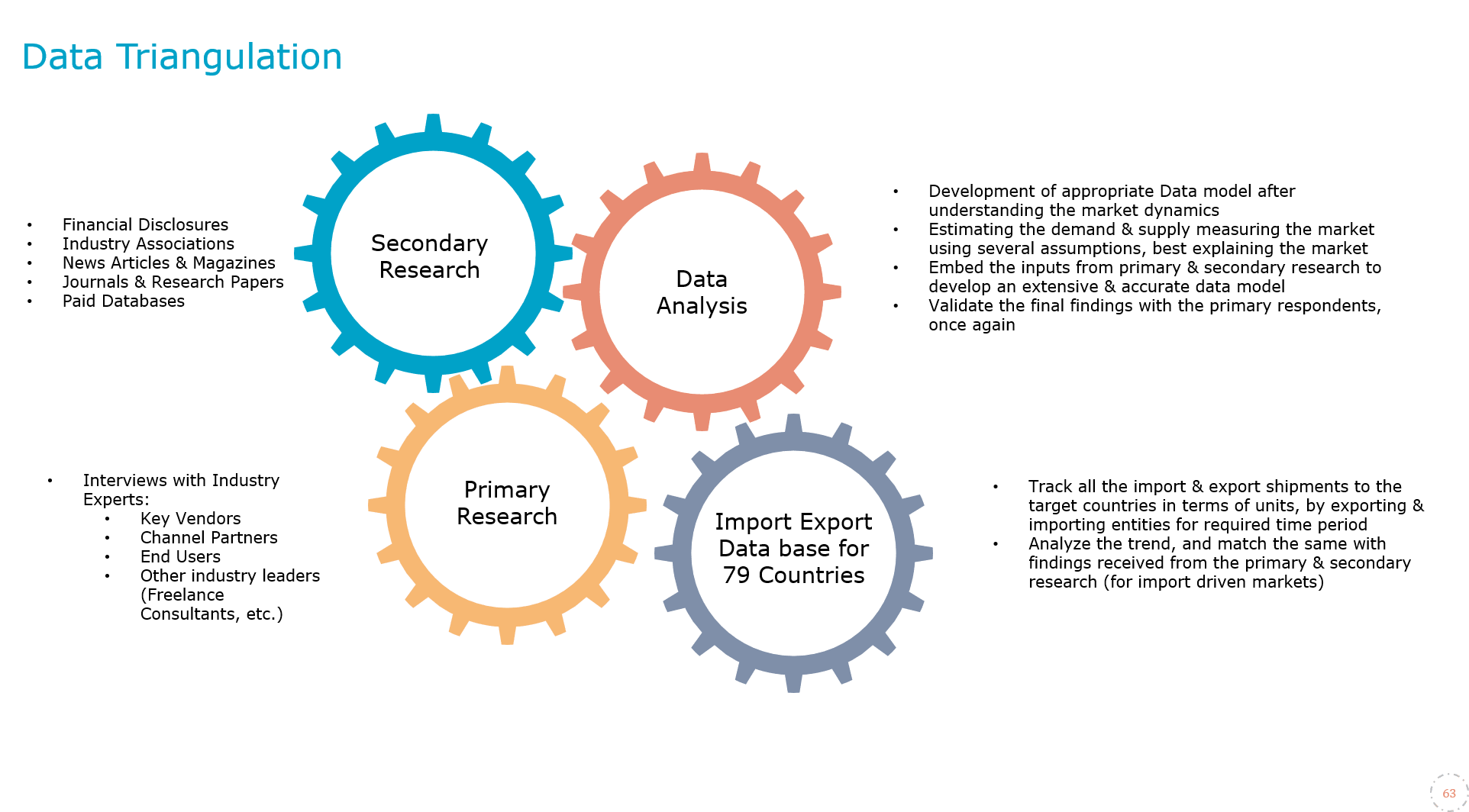
4. Data Forecast and FinalizationThe final phase involves forecasting future market trends based on the analyzed data. MarkNtel Advisors utilize predictive modeling and time series analysis to anticipate market behaviors. The insights are then compiled into comprehensive reports, featuring visual aids like charts and graphs, and include strategic recommendations to inform client decision-making

